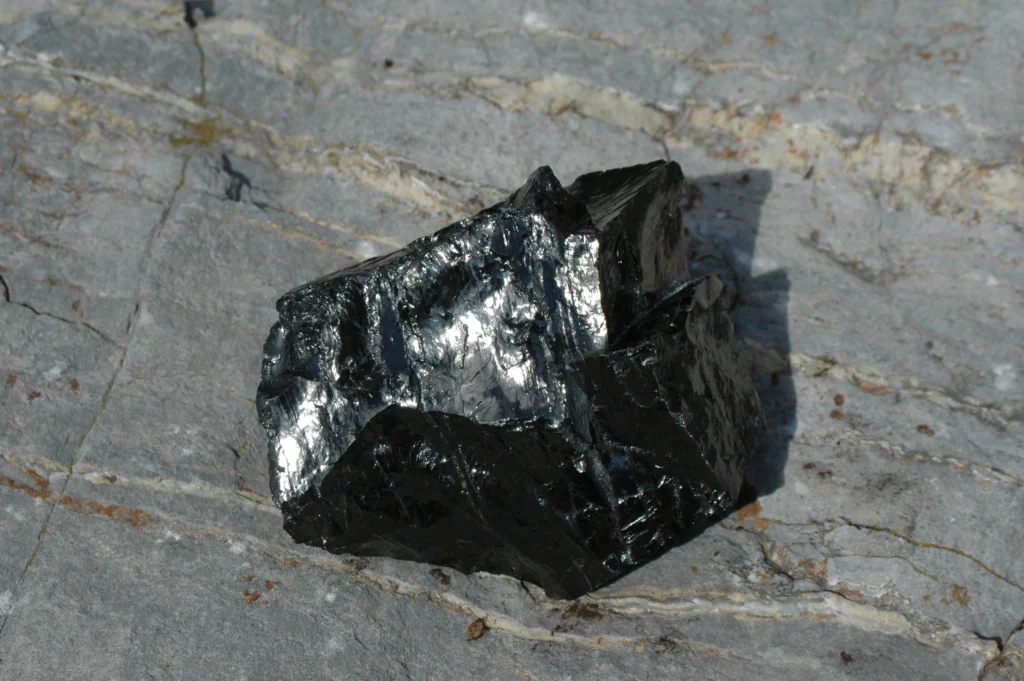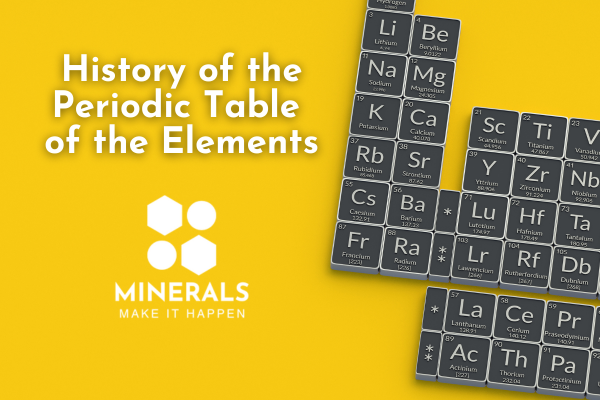August 26, 2024
August 26, 2024

Anthracite, often considered one of the most robust and efficient carbon-based materials, is gaining attention for its diverse variety of applications, particularly in green energy, sustainable steelmaking, and the production of graphite. Found only in Pennsylvania in the United States, its unique properties make it an essential material in industries focused on sustainability and efficiency.
Green Energy
Anthracite's potential role in graphite production is an area where its properties are highly valued. Graphite, a crucial material in various industries, including batteries, lubricants, and refractories, can be produced from anthracite due to its high carbon content, unique chemical structure and low impurities.
The conversion of anthracite to graphite involves a high-temperature process that transforms the carbon into a crystalline form. The resulting graphite is of high purity, making it suitable for use in advanced applications, such as lithium-ion batteries and fuel cells, which are essential components of the green energy ecosystem.
EAF Steelmaking
Electric arc furnace (EAF) steelmaking is another area where anthracite proves invaluable. EAF production is the greenest steel production process in use today, representing more than 70 percent of all steel manufactured in the United States. The U.S. steel industry can boast the lowest greenhouse gas emissions on the globe, in large part due to the use of anthracite in the EAF process. In EAF steelmaking, anthracite is used as a carbon additive to control the carbon content of the steel. Its high purity and consistent quality make it ideal for this purpose, ensuring that the steel produced meets the stringent quality requirements for various applications.
Additionally, anthracite is used as a foaming agent in EAF operations. The foam produced during the process helps to stabilize the electric arc, improving the efficiency of the furnace and reducing energy consumption. This not only enhances the overall productivity of the steelmaking process but also contributes to its sustainability by lowering the energy required for steel production.
Wastewater Treatment and Environmental Cleanup
Anthracite is also integral in wastewater treatment and environmental cleanup efforts. Its unique shape and density also make it ideal for water filtration systems. It is one of the most efficient ways to treat industrial and municipal water. In water filtration, it is used as a filter medi, effectively removing contaminants and particulates due to its high adsorption capacity. Its low impurities make it ideal for producing cleaner water in both municipal and industrial settings. Additionally, anthracite has been employed in environmental cleanup projects to treat contaminated soils and water bodies, helping to mitigate pollution and restore ecosystems.
Additional Industrial Applications
Beyond these key uses, anthracite serves several other industries. It is used in glass manufacturing, smelting, steel dust recycling, and battery recycling. Additionally, anthracite is used by sugar beet producers to refine sugar crystals and is also used to heat pizza ovens.
Anthracite's versatility and high carbon content make it a key player in industries focused on sustainability and efficiency. Its applications in green energy, EAF steelmaking, wastewater treatment, and other industrial uses highlight its importance in the ongoing transition to more sustainable industrial practices. As these industries continue to evolve, the role of anthracite is likely to expand, further solidifying its place in the future of green energy and beyond.

March 17, 2025

February 7, 2025